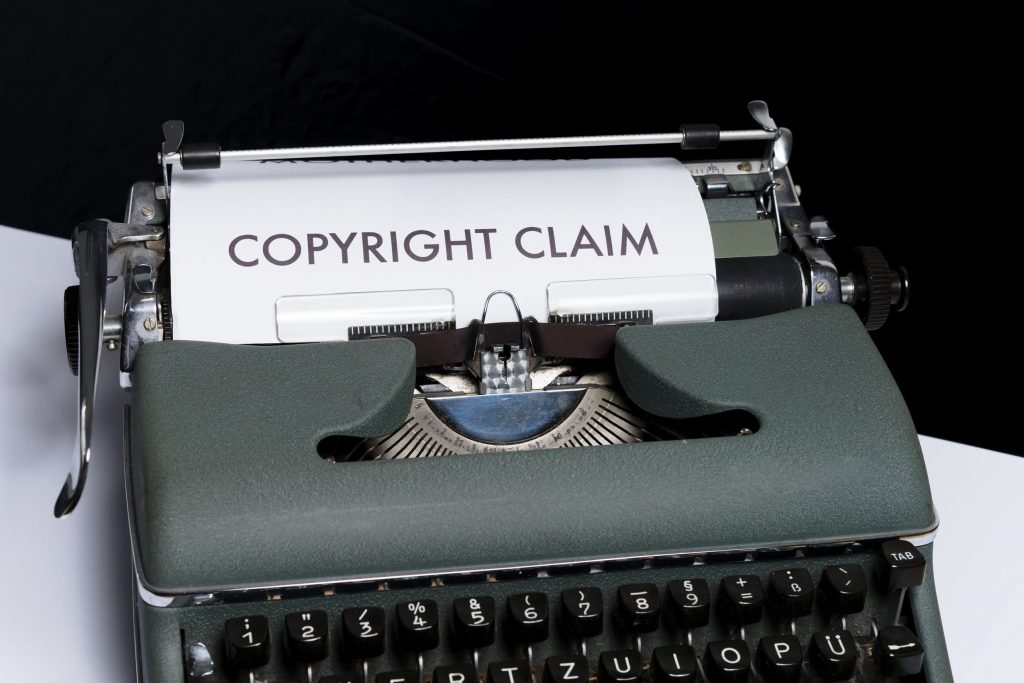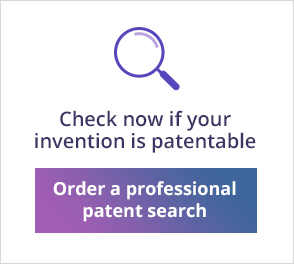Perhaps you are one of them who have curiously asked yourself: what is a patent? If you are an inventor, or owner of a company working with new ideas and technologies you must know the definition of a patent and its processes in order to decide if you could apply for a patent and how to use the patent process.
What is a patent?
A patent is an exclusive right, valid for 20 years to use an invention. A patent will help the inventor prevent others to use the invention, for example, by producing or selling it without permission from the patent owner. Have you found a patented idea that is similar to your innovation and want to find out if it’s any violation involved? Then you could conduct a Patent invalidity search. Any patent violation that was found during a Freedom to Operate search might need to be examined further.
What are the conditions for a patent?
In order to receive a patent your invention must meet several conditions. It must be new, inventive and industrially applicable.
Novelty
The invention must be new and cannot not be publicly known before it is filed as a patent. It must be new no matter how or where in the world it was made publicly known.
The invention can’t be considered new even if it is you yourself who has used or published it.
Inventive step
The invention must be significantly different from what is already known. The invention idea must not be obvious to a skilled professional in that technical field. Meaning that a new combined already known methods or technology are not necessarily patentable. This is the reason why a patentability search is an important part of the patent application process.
Industrially applicable
For an invention to be patentable it must be industrially applicable. But what is a patent that is industrially applicable? An invention is considered industrially applicable if it can be produced or utilized in any kind of industry. “Industry” should be understood in its broadest sense, as including not only what is traditionally meant by “industry” but also other activities, such as transport, agriculture, hunting, public services and medical services.
The requirement of industrial applicability also means that an invention which is clearly not practicable regarding well-established laws of nature, for example a perpetual motion machine, is not patentable.
What can’t be patentable?
Many things are not patentable. Few examples of what can’t be protected by a patent:
It can’t only include the following:
- Discovery, scientific theory or mathematical method
- Aesthetic creation
- Scheme, rule or method for performing a mental act, playing a game or doing business, or a computer program
- Presentation of information
- Procedure for surgical or therapeutic treatment, or diagnosis, to be practiced on humans or animals.
- Software and business methods

Do you have an invention? We can help you check if it’s patentable!
ABOUT US
Patentest
A leading global patent information and analysis group since 2004. Patentest is operating in Europe, North America and the Middle East with companies in UK, Sweden, USA and Israel
A computer program or a scheme, rule or method for doing business cannot be patented. However, inventions that are of a technical nature which include a business method, or which are carried out or can be carried out by a computer program, can be patentable.
Biotechnology
It is possible to patent genetically modified products, but methods of human cloning are regarded as unethical and are therefore not patentable.
Medical methods
Devices and products for practicing medical methods can be patentable, but the methods themselves are not patentable. This is partly because a patent must not prevent doctors from curing and preventing illnesses and partly because the methods can have different effects on different patients. Therefore, they are not reproducible.
Morality
It is not possible to get patents for inventions that are contradicting public order or morality.
You can read more about interesting patents in our patent news section.


